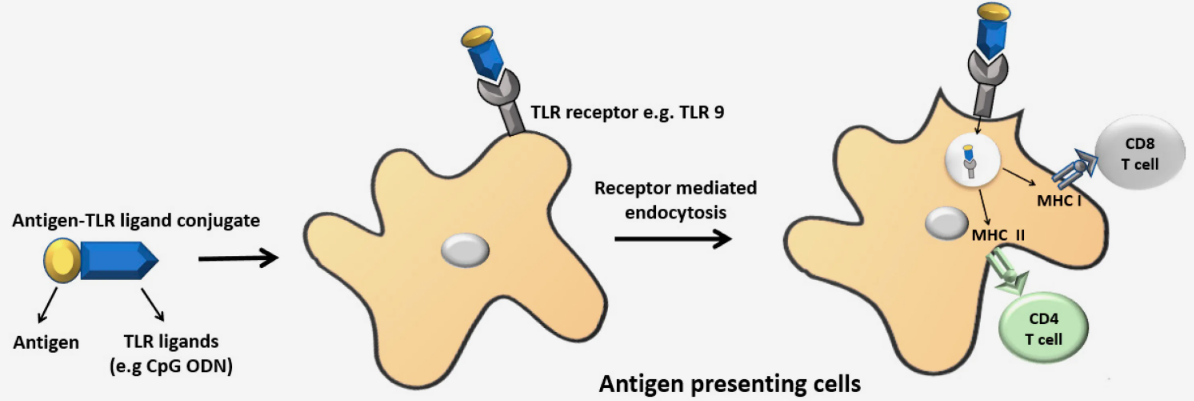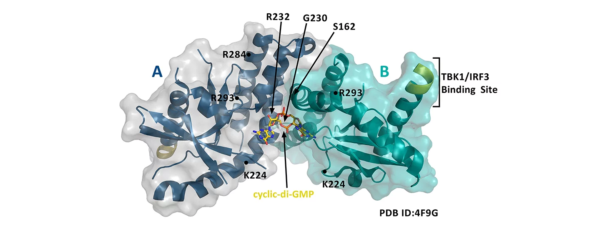Introduction
In the realm of immunotherapy, Toll-like receptors (TLRs) play a crucial role in initiating innate immune responses. TLRs detect and respond to pathogen-associated molecular patterns (PAMPs), triggering the activation of immune cells and the release of inflammatory cytokines. Among these receptors, TLR-8 has emerged as a promising target for therapeutic intervention. The TLR-8 Ligands Library presents a curated collection of compounds designed to selectively engage and modulate TLR-8 activation. In this blog, we will explore the significance of TLR-8, elucidate the contents of the TLR-8 Ligands Library, and discuss the potential impact of these ligands on immunotherapy.
Understanding TLR-8
TLR-8 is an immune receptor predominantly expressed in myeloid cells, including monocytes, dendritic cells, and macrophages. It recognizes single-stranded RNA derived from viruses and bacteria, acting as a sensor for microbial infection. Upon activation, TLR-8 triggers a signaling cascade that culminates in the production of pro-inflammatory cytokines, such as interleukin-12 (IL-12) and tumor necrosis factor-alpha (TNF-α). TLR-8 activation also leads to the generation of adaptive immune responses, making it an attractive target for therapeutic intervention.
The TLR-8 Ligands Library
The TLR-8 Ligands Library is a comprehensive collection of small molecules that selectively interact with and modulate TLR-8 activity. These ligands are carefully designed and synthesized to activate or inhibit TLR-8 signaling, depending on their specific applications. The library encompasses a diverse range of chemical structures, allowing researchers to explore different binding modes and optimize ligand-receptor interactions. These compounds serve as powerful tools for studying TLR-8 biology, identifying lead molecules, and developing novel immunotherapeutic strategies.
Applications in Immunotherapy
The TLR-8 Ligands Library holds immense potential in enhancing immunotherapy approaches. By exploiting the ability to selectively activate TLR-8, researchers can enhance immune responses against cancer cells and infectious agents. TLR-8 agonists have been shown to promote the production of key cytokines and chemokines involved in anti-tumor immunity. Additionally, TLR-8 agonists can enhance antigen presentation, leading to potent cytotoxic T cell responses and improved outcomes in cancer treatments. Moreover, combining TLR-8 agonists with other immunotherapies, such as immune checkpoint inhibitors, has shown synergistic effects in preclinical models3. These findings highlight the significance of TLR-8 ligands in revolutionizing immunotherapy approaches.
Future Directions and Challenges
While the TLR-8 Ligands Library opens doors to exciting immunotherapeutic possibilities, significant challenges remain. One challenge lies in achieving the desired balance between immune stimulation and potential adverse effects, as excessive immune activation can lead to inflammation and tissue damage. Additionally, optimizing the selectivity, potency, and bioavailability of TLR-8 ligands are essential for translation into clinical applications. Further research is required to investigate the underlying molecular mechanisms of TLR-8 activation and its crosstalk with other immune pathways, enabling the development of more targeted and effective immunotherapies.
Conclusion
The TLR-8 Ligands Library represents a valuable resource for researchers aiming to harness the power of TLR-8 in immunotherapy. The ability to selectively activate TLR-8 can potentially lead to enhanced immunological responses against cancer and infectious diseases. By exploring the contents of the TLR-8 Ligands Library and further optimizing ligand properties, scientists can unlock new therapeutic strategies and pave the way for improved patient outcomes in the field of immunotherapy.



